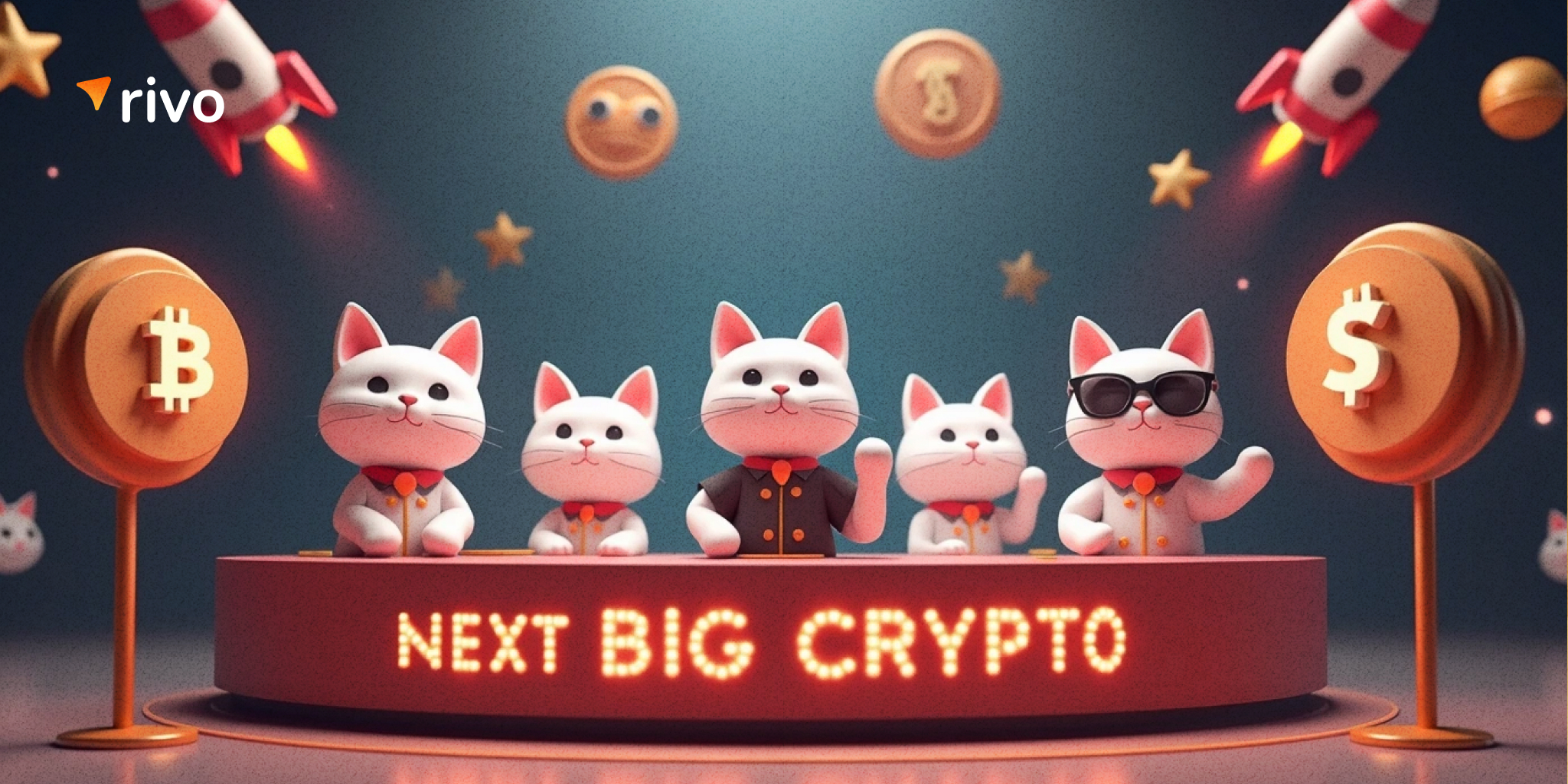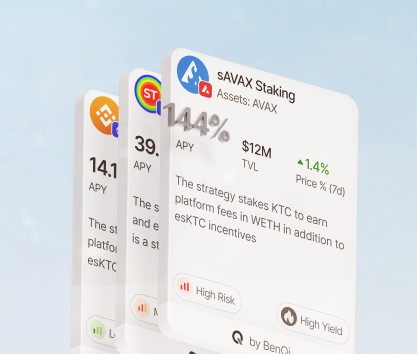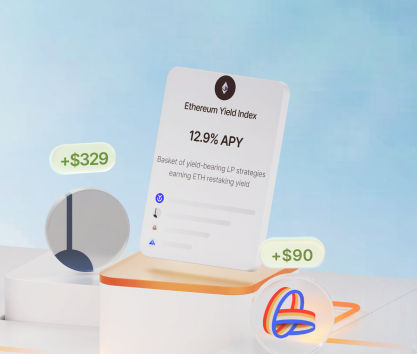According to a massive survey conducted by Fidelity Investments in 2024, the overall use of DeFi instruments among institutional investors has declined but the number of investors that consider the sector important has grown by 2% year-on-year. 75% of institutions that use tokenization and DeFi instruments predict that the use of these tools will increase in the near future with 14% betting on the rapid adoption growth.
Many DeFi investment strategies work well for individual investors willing to take on higher risks with a promise of a much higher premium compared to any tradfi instrument. For instance, fixed-income assets like the US treasury bonds yield roughly 4.11% (2024) while the Syrup USDC Fixed Yield pool by Pendle can generate up to 19.6% APY when used through Rivo.
Many institutional investors see the DeFi sector as a hedging mechanism against fiat inflation and potential problems for the global economy facing unprecedented difficulties as supply chains continue falling apart across the world and many national economies struggle to find firm footing. So, what is DeFi investing? How can you benefit from it?
Smart contract functionality
Decentralization is a controversial topic in the world of finance. Proponents of the idea are talking up the advantages such as privacy, self-custody, the democratization of finance, and less regulation. Opponents are criticizing questionable security, the lack of accountability, poor consumer protection, and the self-referential nature of assets that do not participate in the real economy.
Bruegel argues that the technology is robust and allows for incredible advancements in the world of finance but the automaticity of operations that prevent any corrections and the low throughput do not suggest that it is the best way forward for finance.
Trying to find the truth in philosophical points like the value of democratization and community governance in DeFi projects or the usefulness of value storage vehicles for the real economy can be fun. However, it is more important to talk about technology.
A smart contract is essentially a tiny program operating on the blockchain and executing its instructions under the right conditions. Almost all DeFi protocols operate using smart contracts to allow for self-custody and higher interactivity.
Here are some of their qualities:
- Distributed and autonomous. The data and code have multiple copies within the chain and cannot be tampered with while maintaining full autonomy.
- Deterministic and immutable. Outcomes of smart contract operations do not vary depending on who uses them and the functionality can never be altered.
- Transparent and trustless. All smart contracts can be reviewed by anyone with the code visible to all users. The functionality, processes, and outcomes do not require additional verification.
- Self-verification and enforcement. When conditions are met, the code is executed autonomously without the need for verification or human input.
These qualities make smart contracts effective at reducing administrative costs, bureaucracy, and regulatory efforts required to run a financial ecosystem. At the same time, the technology creates a completely new economy and monetary system that currently coexist with fiat.
Tokenomics and its impact on investments
DeFi users are familiar with tokenomics, which defines how assets are created, issued, distributed, and managed within an ecosystem. In many projects, the community manages many of these processes through various governance mechanisms.
A good example is the DOGE coin which was initially created as a joke and did not have any way to control inflation. However, many improvements were added later to stabilize the price and make tokenomics less chaotic.
Due to the unique nature of digital assets proliferating in the DeFi sector, they can be used as an alternative to fiat in some cases and even be used as a hedge against inflation. It is the main reason why so many institutional investors are moving their capital to Bitcoin ETFs and holding their positions to ensure that the potential depreciation of the US dollar does not affect them.
Exploring decentralized finance opportunities
Many novel investment strategies work quite well and can beat tradfi instruments, including outstandingly performing stocks, with impressive consistency. Solid returns from some protocols and an increasing cash influx are reasons why over 81% of surveyed investors believe that DeFi will have a significant impact on how traditional finance firms conduct their business.
On the other hand, blockchain investment analysis shows that many investors are still afraid to explore the world of DeFi with 18% citing the lack of talent to engage with it and 36% claiming that the unclear regulation is to blame. Those who find ways to work with DeFi opportunities can choose excellent ways to diversify holdings and create balanced portfolios capable of delivering great results in the long run.
Yield generation methods
Depending on protocols, you can find high-yield options that can be used effectively to offset various risks associated with holding fixed-income assets and stocks. Industry-specific risks like impermanent loss, asset price volatility, and technological vulnerabilities must be accounted for when choosing the right target for capital allocation.
It is important to utilize various analytical approaches to identify promising opportunities. DeFi data aggregators, technical analysis tools, and other instruments must be used appropriately and effectively. Good risk management techniques are quite important too.
Here are great ways to invest in the DeFi sector:
- Liquid staking through platforms like Lido is a great way of enjoying the benefits of staking on the mainnet and continuing to use ETH on platforms like Aave or fx Protocol with the latter having a solid $74 million TVL and offering an average APY of 17.6% on stETH-based holdings.
- Yield farming through protocols like Pendle can be a great way to optimize profitability and achieve solid returns. Investing in the Ethena rsENA Fixed Yield pool on Pendle using Rivo yields close to 65% APY and has a TVL of $5.6 million making it a great target for many investors interested in sizeable risk premiums.
- Lending protocols can deliver consistent returns and create a foundation for a very robust portfolio due to the safety of fully collateralized loans. Aave has a massive $21 billion TVL and offers 144 pools with an average APY of 2.32% with USDT and USDC pools being some of the best options yielding 6.52% and 6.41% respectively.
These are good strategies for newcomers and veterans who want to focus on result-oriented crypto asset management and form asset compositions that contain consistent instruments like lending pools and riskier yield farming options.
The main takeaway
The outcomes of DeFi investment activities can vary greatly and the efficiency of the ecosystem as an alternative to traditional finance can seem questionable at times. However, the novelty of unique capital allocation methods, impressive risk premiums, and numerous opportunities for diversification make the decentralized finance sector a lucrative destination for many investors.
Many experts foresee positive future trends in decentralized finance. 15% of institutions operating in finance expect a significant impact of DeFi on all businesses adjacent to investment and asset management. Issues like insufficient liquidity, technological risks, and taxation difficulties can be addressed given enough time. Making money is something that must be done here and now!









